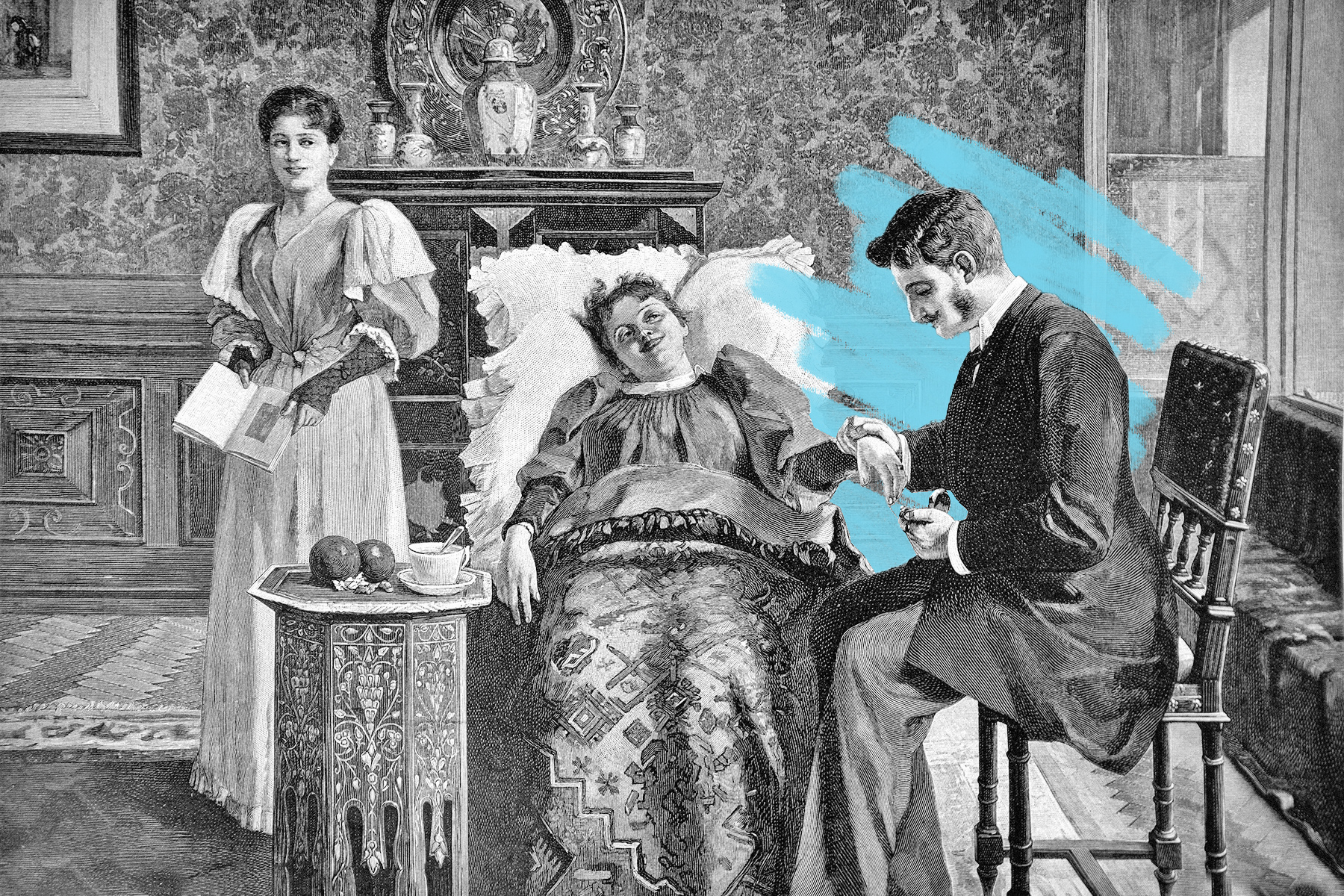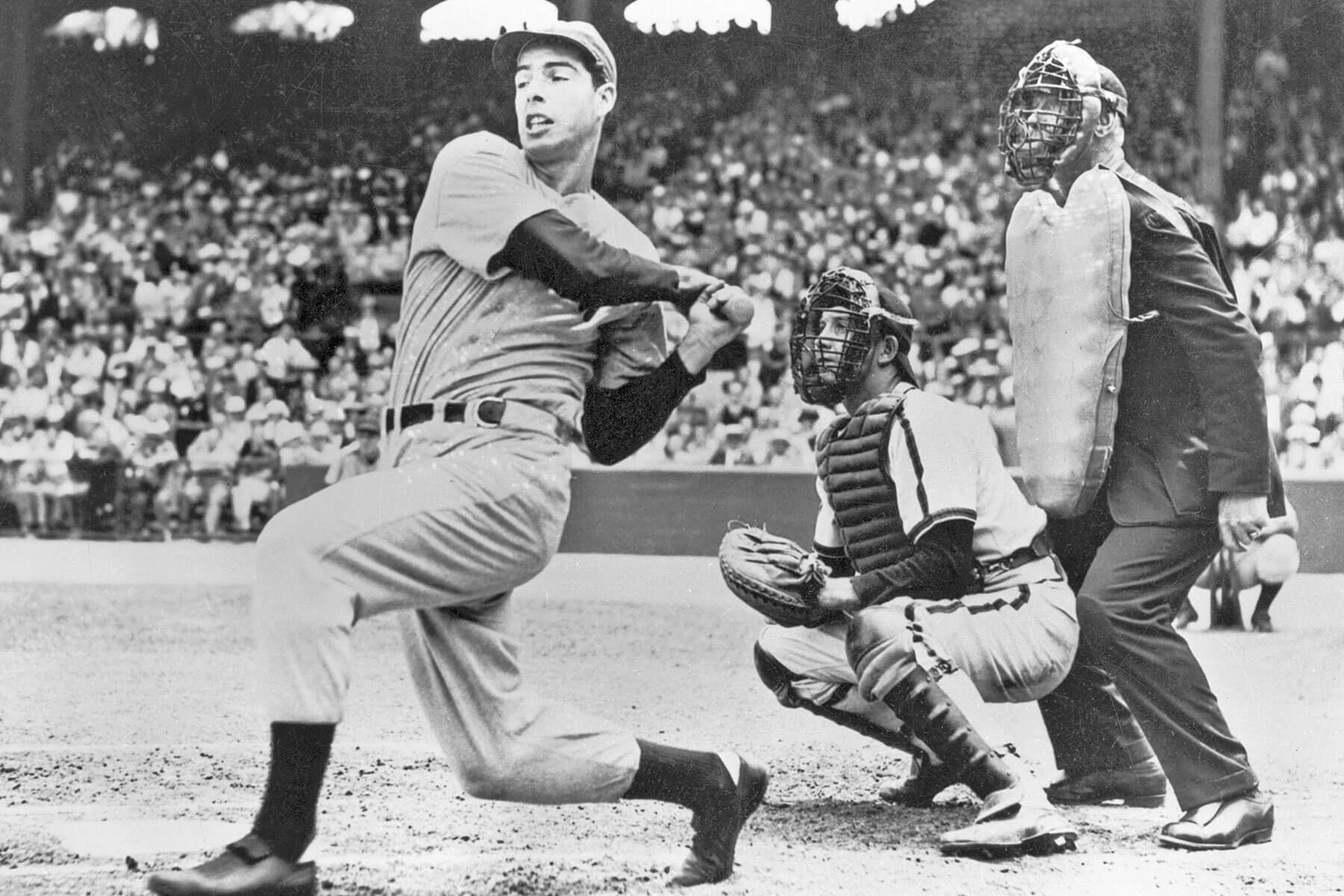 |
Doctors dressed in black until the late 1800s. |
Science & Industry |
 |
| |
| In the middle of the 19th century, the idea that germs caused disease — something taken for granted now — started to take hold, which ushered in a new era in medicine. White lab coats emerged right along with it, a symbol of cleanliness, scientific rigor, and saving lives. Surgeons were the first to wear them starting in the late 1800s, and then other doctors in hospitals followed suit. Eventually, the attire reached private practice. It became an easy way to distinguish doctors practicing science-based medicine from those just selling snake oil, and white coats were the standard uniform by 1915, not too long after American medical schools underwent major reforms and the federal government started regulating drug claims. Ironically, the spread of germs is now leading people to ditch the white coat, since the cuffs of long-sleeved jackets can accumulate pathogens — so don't be surprised if the next time you see your doctor, they're in scrubs and a vest instead. | |
 | |
 | |||
| |||
Outsmart the Insurance Companies With Savvy | |||
| Thank you for supporting our sponsors! They help us keep History Facts free. |
 | |||||||||
By the Numbers | |||||||||
| |||||||||
| |||||||||
 | |||||||||
| |||||||||
Doctors used to perform milk transfusion. | |||||||||
| Medicine in the 19th century was full of dubious treatments. One of the strangest has to be milk transfusion, wherein doctors would pour milk into a patient's bloodstream, thinking it would convert into white blood cells. Blood typing hadn't been discovered yet, and actual blood transfusion was extremely risky. The milk transfusion practice was first attempted in Canada in 1854, but rose to prominence in the U.S. between 1873 and 1880. It usually involved bringing a goat or cow into the facility so the milk stayed fresh and warm — one doctor even attempted transfusing human milk. While some practitioners reported positive results, after a few years the procedure was overwhelmingly derided as dangerous and unnecessary. Intravenous saline was developed in the 1880s, and milk transfusions were, fortunately, abandoned. | |||||||||
 | |||
Recommended Reading | |||
 | |||
| | |||
 | |||
| | |||
| + Load more | |||
| |||||||||
| 700 N Colorado Blvd, #513, Denver, CO 80206 | |||||||||









0 komentar:
Post a Comment